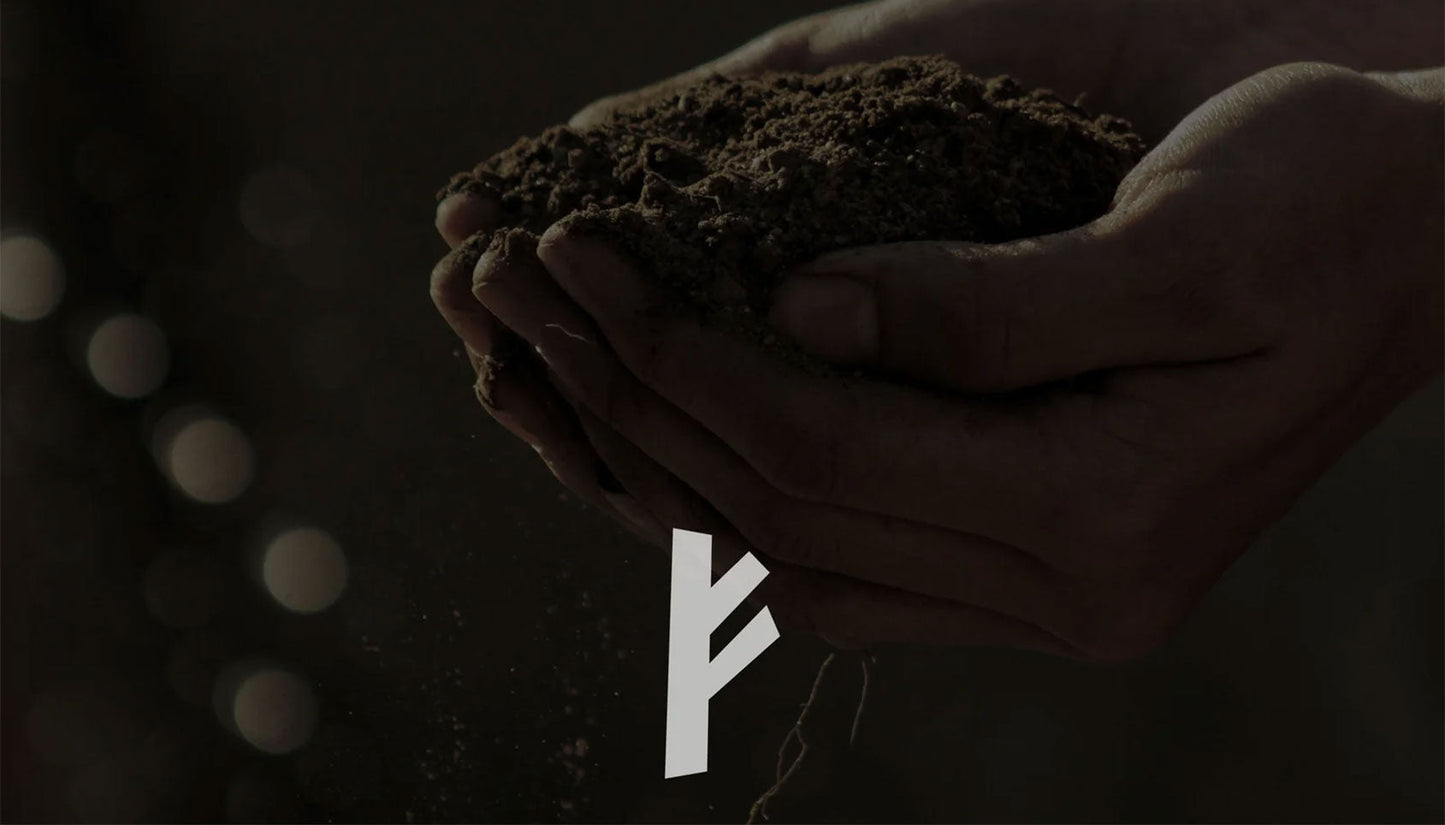We source our chicken from one farm in Leicestershire. The farm is Pasture for Life certified and rears truly free range, outdoor birds.

The term sustainable is frequently used in relation to almost everything we consume but what does it really mean and is this a benchmark too low?
What is sustainability?
A very simple definition for sustainable is something that is able to be maintained at a certain rate or level.
The problem we have now is that every business and everybody wants to be sustainable in our consumption, we all want to be carry on as we are, consuming what we enjoy but in a way that doesn't negatively impact the ability to continue in the future.
By definition anything that relies on a finite resource is not sustainable, a good example of this is fossil fuels usage as once they are used they cannot be re-used, we can reformulate burnt petroleum back into more petroleum. However, it could be argued that aluminium is sustainable as it can be recycled indefinitely, as long as we can sustainably produce the energy to do so, it quickly gets complicated.
Since we're involved in food production let's now look at how the term sustainable is applied to the things we eat.
Intensive factory farming could be called sustainable, the sheds could be powered by renewable electricity and the animals fed grains which we could, in theory produce indefinitely, this type of farming is sometimes called 'sustainable intensification' which really stretches the definition of the term to it's limits.
Most agriculture is not sustainable.
Land conversion, habitat loss, and deforestation is not sustainable.
Pollution and contamination are not sustainable
Soil degradation and erosion are not sustainable.
Agricultural practices that rely on any external inputs that are finite are not sustainable.
What's the difference between sustainable and regenerative?
In simple terms sustainable practices seek to maintain systems without degrading them. Regenerative practices recognise how natural systems are currently impacted and apply techniques to restore systems to improved productivity.
Regenerative means able to or tending to regenerate—to regrow or be renewed or restored, especially after being damaged or lost. The act or process of regenerating is regeneration and this is what our planet desperately needs.
So what is Regenerative Agriculture?
The Wikipedia definition of Regenerative Agriculture sums it up very well as:
Regenerative agriculture is a conservation and rehabilitation approach to food and farming systems. It focuses on topsoil regeneration, increasing biodiversity, improving the water cycle, enhancing ecosystem services, supporting biosequestration, increasing resilience to climate change, and strengthening the health and vitality of farm soil.
Regenerative agriculture is not a specific practice itself. Rather, proponents of regenerative agriculture utilize a variety of other sustainable agriculture techniques in combination. Practices include recycling as much farm waste as possible and adding composted material from sources outside the farm. Regenerative agriculture on small farms and gardens is often based on philosophies like permaculture, agroecology, agroforestry, restoration ecology, keyline design, and holistic management. Large farms tend to be less philosophy driven and often use "no-till" and/or "reduced till" practices.
As soil health improves, input requirements may decrease, and crop yields may increase as soils are more resilient against extreme weather and harbor fewer pests and pathogens.
Most plans to mitigate climate change focus on "reducing greenhouse gas emissions." Regenerative agriculture, i.e. the capture of atmospheric carbon dioxide by growing plants that move that carbon dioxide into the soil, is pretty nearly the only currently-functioning technology available for drawing down greenhouse gases that are already in the atmosphere, mostly through the cultivation and nurturing of forests and permanent perennial pastures and grasslands.
Could we ever be fully regenerated?
When discussing agriculture we believe regeneration is a process not a destination, there is no end point, everything we do has impact, the very act of being alive consumes and changes energetic systems, there is always a balance between the two forces, consumption and restoration, as one organism dies another flourishes and so the dance of energy continues.
Every living being borrows the elements of the universe, we are all made of stardust, our bodies are simply a temporary arrangement of these elements that will be reclaimed once again by the earth, from ashes to ashes and dust to dust.
As humans we have developed a mastery of these elements and creatures, forming and manipulating these to suit or needs, our whims and our pleasures, even the act of existence has an impact. We can take and make actions that have a positive impact, restoring, repairing and actively encouraging nature at a pace that she could not achieve without our intervention.
Even when farming we can use methods that can restore faster than a hands off approach where the system is left to nature.
Many of our farmed systems are so far removed from their natural state that simple non-intervention would not achieve the desired result of restoration, we need to manage this process to help speed the process along, it's simply not true that unmanaged land can recover as quickly as when we put our resources into helping.
So we have a balance, if you like to consider a bank account of giving and taking but right now we're hugly overdrawn, we've been consistently taking more than we have put in.
Being sustainable is like making an interest only payment, we desperately need to replace the borrowed capital, we need to regenerate.



